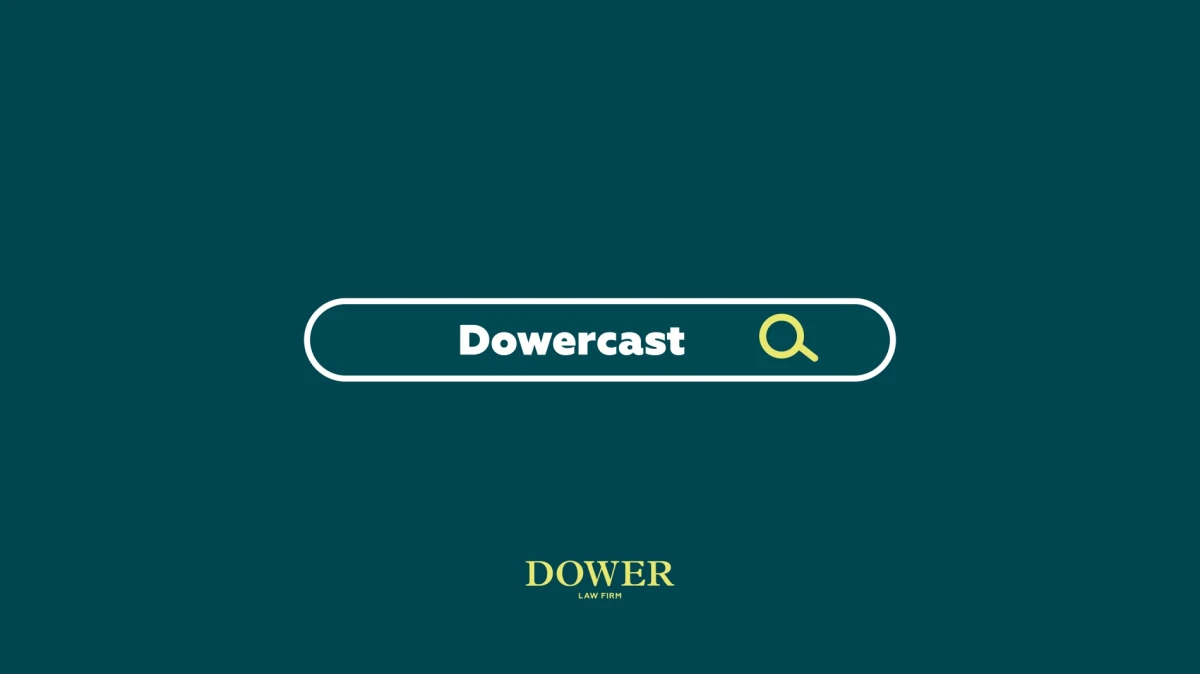
MiCA Regulation and the New Legal Framework for Crypto-Assets

Regulation (EU) 2023/114, known as MiCA (“Markets in Crypto-Assets Regulation”), was approved on May 31, 2023, and came into effect on December 30, 2024.
This regulation introduces, for the first time, a harmonized framework at the European Union level for crypto-asset markets, aiming to address existing gaps and promote legal certainty, investor protection, and responsible innovation.
Before MiCA, crypto-asset regulation was limited to specific financial instruments, leaving a wide range of digital assets unregulated. Thus, MiCA establishes uniform rules applicable to the issuance, public offering, and provision of services related to crypto-assets, contributing to the stability of the financial system and the prevention of abusive practices.
Crypto-assets are defined by the regulation as digital representations of value or rights that can be transferred and stored electronically, using distributed ledger technologies (commonly known as blockchain).
- Key Changes Introduced by the MiCA Regulation
The following aspects stand out:
a. Classification of Crypto-Assets
The regulation categorizes crypto-assets into three main types:
Electronic money tokens (e-money tokens): Assets referenced to the value of an official currency, maintaining value stability. An example would be a digital token equivalent to 1 euro, created by an authorized entity, with each token backed by euro reserves held in a bank.
Asset-referenced tokens: Assets whose value is derived from another asset, such as currencies or commodities. This refers to a digital token whose value is linked to 1 gram of physical gold stored in vaults.
Other Crypto-Assets: This category includes utility tokens, which are intended exclusively to provide access to goods or services offered by the issuer. An example would be a digital token issued by an entertainment platform that can be used to purchase movie tickets or access exclusive content offered by the company. This type of token is not designed to function as a currency or represent other financial assets.
b. Transparency and Disclosure Requirements
Crypto-asset issuers must publish detailed whitepapers that include all relevant information about the issued assets, ensuring that investors are fully informed. Additionally, clear and non-misleading communications are mandatory.
c. Authorization and Supervision of Crypto-Asset Service Providers
The provision of crypto-asset-related services now requires prior authorization from the competent authority designated by each Member State. In Portugal, the supervisory authority has not yet been formally defined, creating temporary legal uncertainty for market operators.
Service providers must comply with strict governance, internal organization, and capital requirements to ensure their resilience and integrity.
d. Investor Protection and Prevention of Abuses
The regulation introduces safeguards against abusive practices, such as insider trading and market manipulation. Entities must implement robust mechanisms to protect clients’ assets and funds, ensuring asset segregation and compliance with anti-money laundering and counter-terrorism financing regulations.
e. Transitional Period and Adaptation Rules
AEntities that were already operating in compliance with existing national legislation may continue their activities until July 1, 2026, provided they meet the requirements established by MiCA or obtain authorization before that deadline. However, Member States retain the discretion to shorten or eliminate the transitional period if they consider their regulatory framework to be less stringent than the European standard.
f. Cross-Border Supervision
The regulation facilitates the provision of crypto-asset services across different Member States, provided they are previously reported to the competent authority in the home country, promoting the integration of the internal market.
- Conclusion and Next Steps
The entry into force of the MiCA Regulation represents a significant legal milestone for crypto-asset markets in the European Union. However, it also presents major challenges for service providers and investors, especially in jurisdictions where national implementation rules have not yet been defined, such as Portugal.
Next Steps
It is essential for market participants to take a proactive approach, adjusting their internal processes to comply with the regulation’s requirements.
The publication of national legislation designating the competent supervisory authority in Portugal and regulating the specific provisions for MiCA implementation is eagerly awaited.
This new comprehensive regulatory framework strengthens confidence in the crypto-asset market by establishing clear rules for investor protection, operational transparency, and abuse prevention. Despite initial uncertainties, the regulation provides a solid foundation for sustainable innovation and the secure expansion of this sector, bringing long-awaited legal certainty to market operators.
In the near future, the approval of national legislation is expected to ensure that market participants comply with the European regulatory framework, which already includes Delegated Regulations, Regulatory Technical Standards, and Guidelines issued by the European Banking Authority and the European Securities and Markets Authority.



